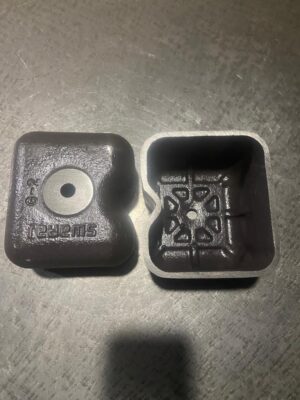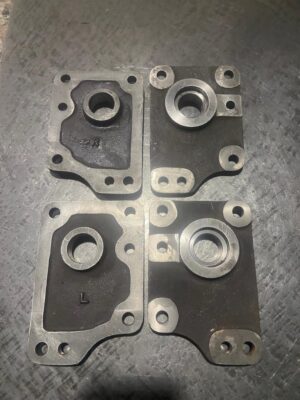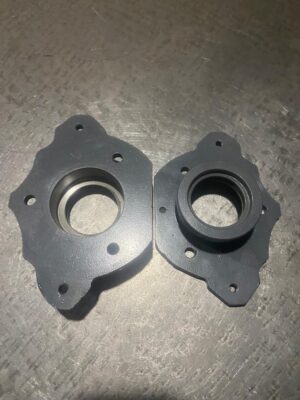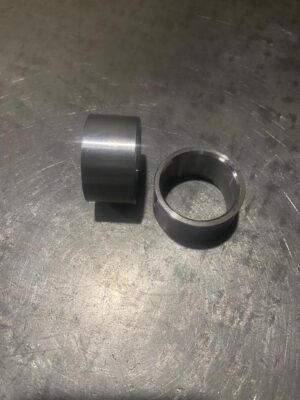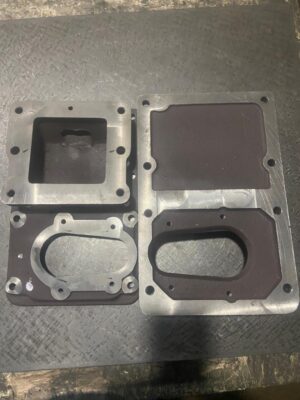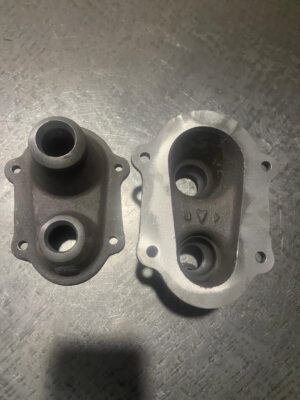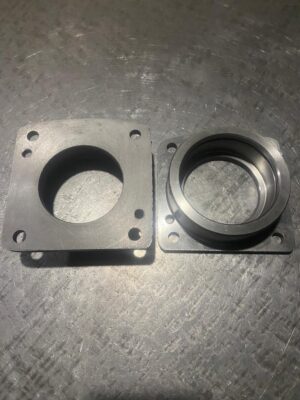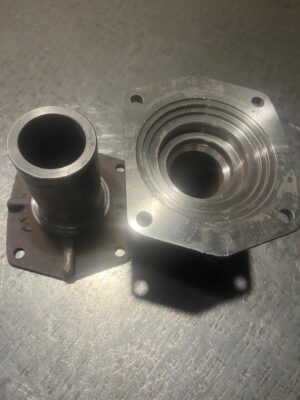Inner Bush
An inner bush is a cylindrical component used in various mechanical systems. It is typically made of metal, such as bronze or steel, and is designed to fit within a larger component, such as a housing or sleeve. The primary function of an inner bush is to provide a low-friction surface and support for a […]
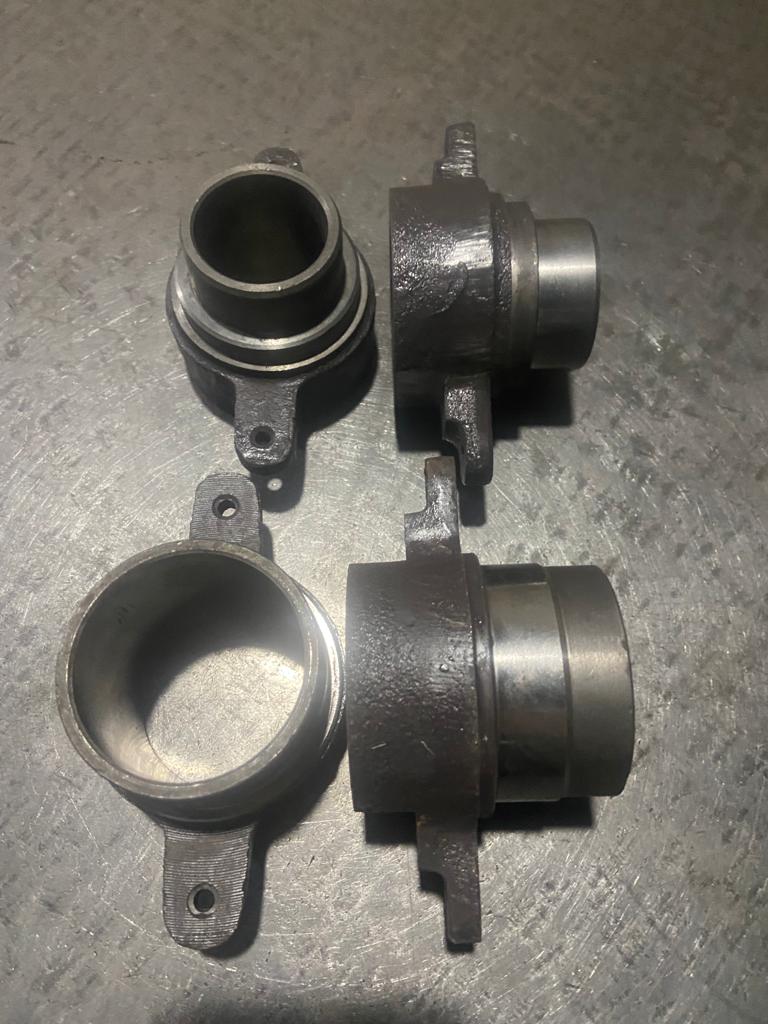
An inner bush is a cylindrical component used in various mechanical systems. It is typically made of metal, such as bronze or steel, and is designed to fit within a larger component, such as a housing or sleeve.
The primary function of an inner bush is to provide a low-friction surface and support for a rotating or sliding shaft or pin. It acts as a bearing surface between the shaft and the surrounding structure, reducing friction and wear.
Inner bushes are commonly used in applications where there is relative motion between two components. They help to minimize the direct contact and friction between the shaft and the housing, allowing for smoother rotation or sliding movement.
The inner bush is often precision machined to ensure a precise fit and alignment with the mating components. It may include features such as lubrication grooves or oil holes to facilitate proper lubrication and reduce heat generated during operation.
Inner bushes can be found in various mechanical systems, including engines, automotive suspension components, conveyor systems, and industrial machinery. They play a crucial role in maintaining smooth operation, reducing wear, and prolonging the lifespan of rotating or sliding components.
Overall, an inner bush is an essential component that provides support, reduces friction, and promotes smooth movement within mechanical systems. It contributes to the efficiency, reliability, and longevity of the overall system.


